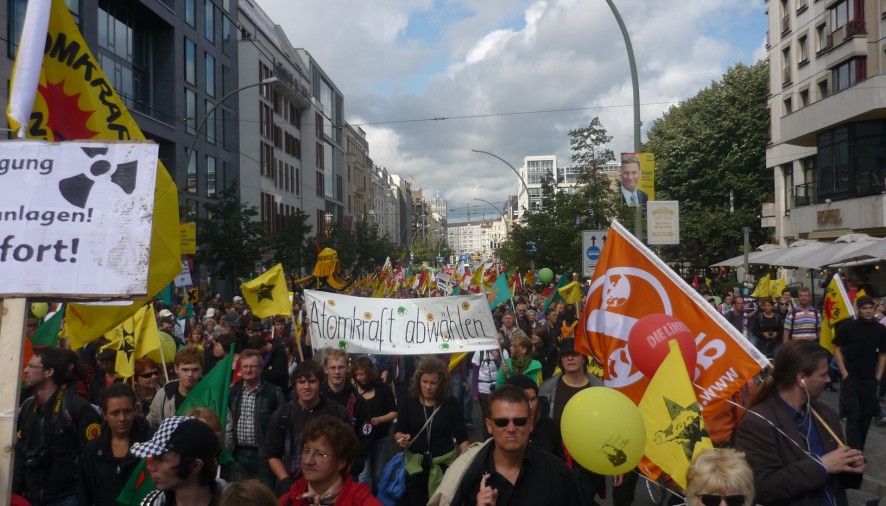Germany is moving away from nuclear and fossil fuels as an energy resource and are moving towards a more renewable future. Renewables now make up 27% of the energy for Germany’s electricity. This has been rising at an unprecedented rate, especially when compared with other European countries, as the last ten years have seen the use of renewables rise by 9%. What has pushed Germany to take this drastic action that many countries are reluctant to take?
Energy consumption has always been at the forefront for Germany as the public have been particularly vocal about the way energy has impacted their lives. Changes in law have usually coincided with the occurrence of a nuclear power plant disaster; for example in March 2011, the Fukushima nuclear accident in Japan triggered widespread anti-nuclear protests in Germany. This subsequently led to Angela Merkel’s government stating that they would begin to phase out nuclear power and, by 2022, to stop using nuclear power completely. The law has been modified so that it allows people to sell the electricity that they generate. This accelerated the rate of change much faster and helped to push Germany away from fossil fuels.
Nuclear power was a key part of Germany’s electricity in the past as it used to have 17 reactors! Types of renewable energy are being implemented instead in the form of solar, hydroelectric and wind power. One of the reasons why Germany has moved towards renewables is that its diverse country allows access to the North Sea where an offshore wind farm is located and the north of the country is generally quite windy. The south of the country generally relies more on solar power. In many countries, it would be impossible to implement all three of these renewable systems as they don’t have the natural resources Germany has.
Other Countries also lack the drive the German people have to move towards renewable energy. The large majority of the public have an opposition to nuclear power and there is very little support for building new nuclear power plants. The push to be green is speculated to come from pride in the country that they live in. The Jasmund National Park (in the North East of Germany) is seen as a symbol of beauty and has inspired much of the romantic lore of nature as enjoyed by the German public. This determination has allowed Germany to reduce its greenhouse gas emissions by 27% from 1990-2012.
The key policy that saw Germany undergo a large shift in their energy production is called ‘energiewende’ which stands for energy transformation. Germany aims to continue to be an industrial country but with 80% of its energy coming from renewables from 2050. One example of how the ‘energiewende’ has made a positive impact is the Kalkar nuclear plant which was converted in 1996 to an amusement park.
Many countries lack the economic stability Germany enjoys, which makes it much more difficult to transfer to costly renewables. The estimated cost of transferring to renewable energy for the German government is €1000 billion and the switch is by no means reliable. Germany is still a long way off becoming completely self-sufficient on renewables as almost half of the electricity generated comes from coal. Lignite (also known as brown coal) is the country’s main source of electricity and although they have shown a move towards renewables, they are reluctant to leave it in the past as it allows reliable energy consumption when there is not enough wind or solar exposure.
Hopefully, in the future, it will become cheaper to move to renewables, especially as more technologies are evolving in the field. At the moment, Germany can be viewed as an inspiration for other countries but may become a future model for energy production.
Kira Knowles
[Image:Benjamin Beckman, hosted on Flickr]

